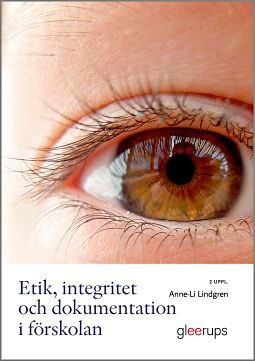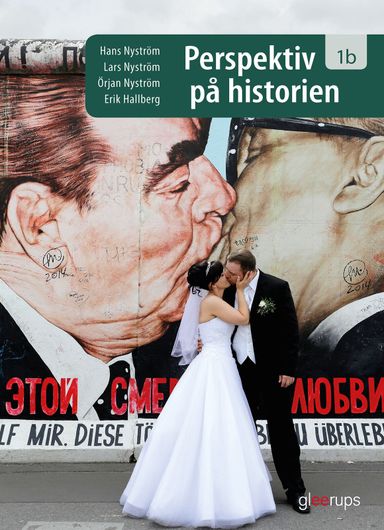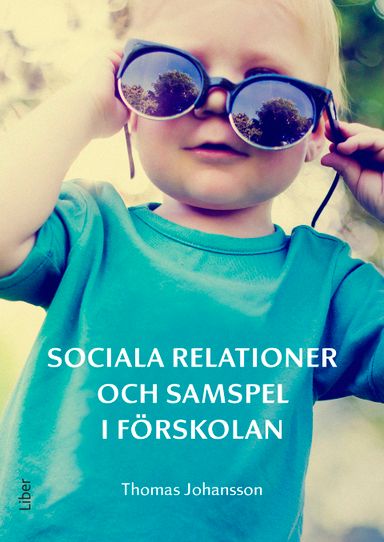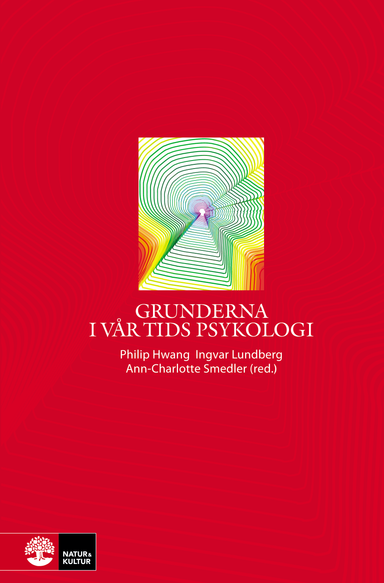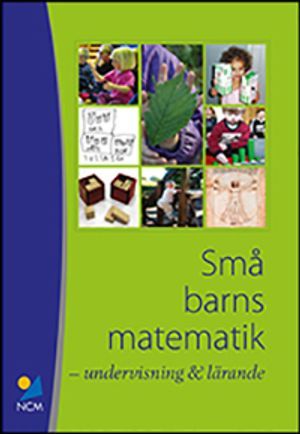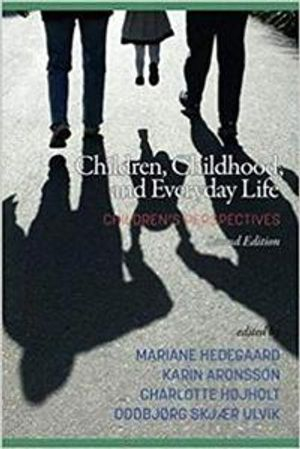

Children, Childhood, and Everyday Life Upplaga 2
- Upplaga: 2a upplagan
- Utgiven: 2018
- ISBN: 9781641131698
- Sidor: 264 st
- Förlag: Information Age Publishing
- Format: Häftad
- Språk: Engelska
Om boken
Traditional work on child development is often based on notions of an individual and decontextualized child. This volume involves a contribution to the rethinking of development: it presents a number of situated studies where children’s perspectives are documented through their interaction with others in situated practices, in family life and school and across social contexts.
This volume offers a toolkit for analyzing children’s perspectives and participation over time. In prior work, the interview has often been seen as the cardinal method – or the only method – for studying children’s perspectives. This anthology includes vignettes and case studies, with descriptions of children’s actions in situated activity settings as well as illustrative transcripts from video-recorded social interaction. It opens up toward a broader view of `development’ in that it documents how children’s and youths’ perspectives and agency can be studied through their ways of interacting (or not interacting) in everyday life. One aspect of this is their verbal and nonverbal participation in family life and the social landscape of schools. Another feature is that it involves several chapters that problematize `impaired practices’ and dilemmas in the teaching of children with dysfunctions. The book as a whole is rich in empirical ethnographic examples that highlight life trajectories in and across social contexts.
Moreover, it features interview data and narratives that include children’s and youths’ own reflections on their lives and experiences of the social demands of family and school. This includes their own thoughts on being or becoming members of local communities.
Åtkomstkoder och digitalt tilläggsmaterial garanteras inte med begagnade böcker
Mer om Children, Childhood, and Everyday Life (2018)
I januari 2018 släpptes boken Children, Childhood, and Everyday Life skriven av Mariane Hedegaard, Karin Aronsson, Charlotte Hjholt, Oddbjrg Skjr Ulvik. Det är den 2a upplagan av kursboken. Den är skriven på engelska och består av 264 sidor. Förlaget bakom boken är Information Age Publishing.
Köp boken Children, Childhood, and Everyday Life på Studentapan och spara uppåt 40% jämfört med lägsta nypris hos bokhandeln.
Referera till Children, Childhood, and Everyday Life (Upplaga 2)
Harvard
Hedegaard, M., Aronsson, K., Hjholt, C. & Ulvik, O. S. (2018). Children, Childhood, and Everyday Life. 2:a uppl. Information Age Publishing.
Oxford
Hedegaard, Mariane, Aronsson, Karin, Hjholt, Charlotte & Ulvik, Oddbjrg Skjr, Children, Childhood, and Everyday Life, 2 uppl. (Information Age Publishing, 2018).
APA
Hedegaard, M., Aronsson, K., Hjholt, C., & Ulvik, O. S. (2018). Children, Childhood, and Everyday Life (2:a uppl.). Information Age Publishing.
Vancouver
Hedegaard M, Aronsson K, Hjholt C, Ulvik OS. Children, Childhood, and Everyday Life. 2:a uppl. Information Age Publishing; 2018.

